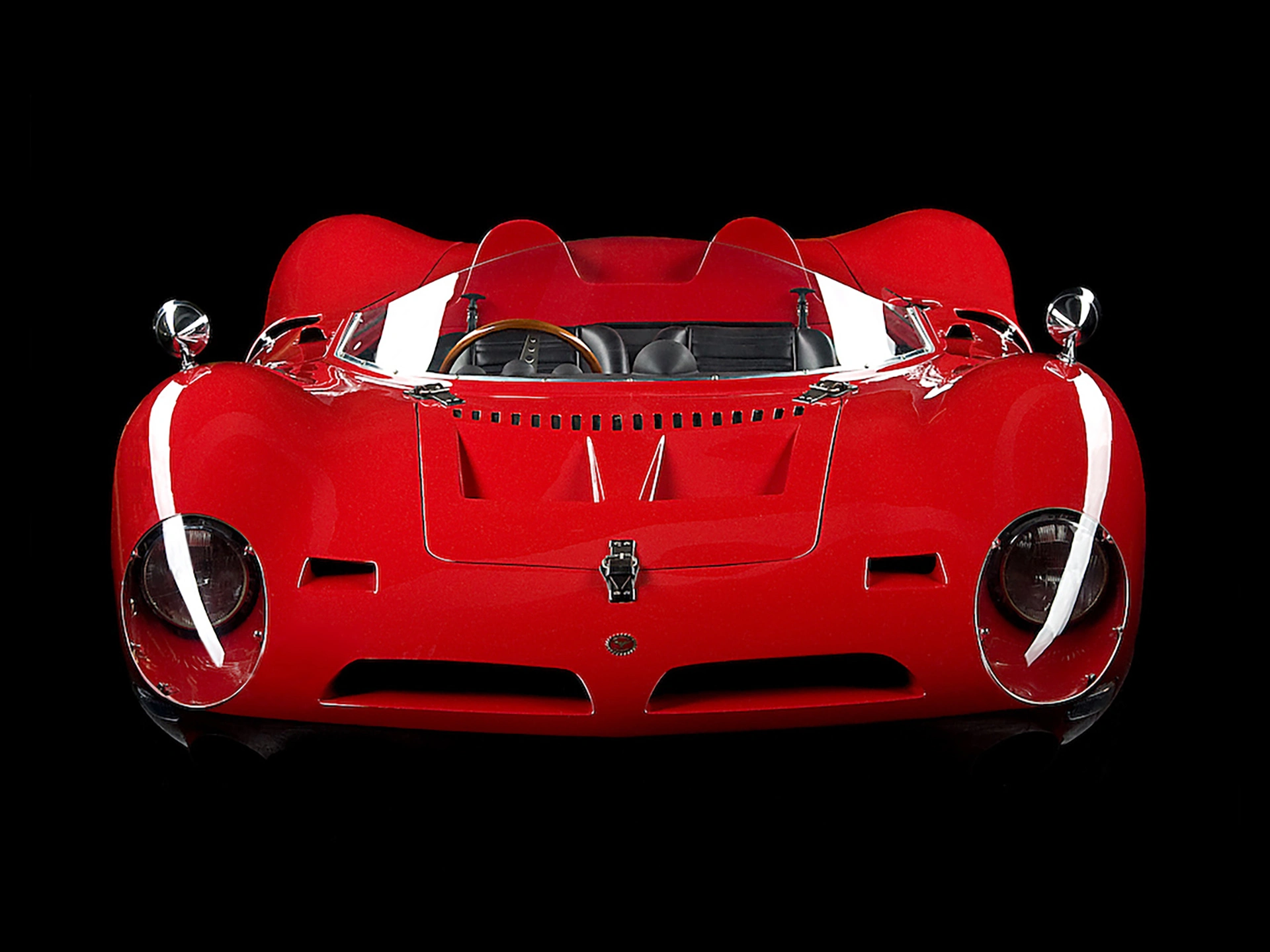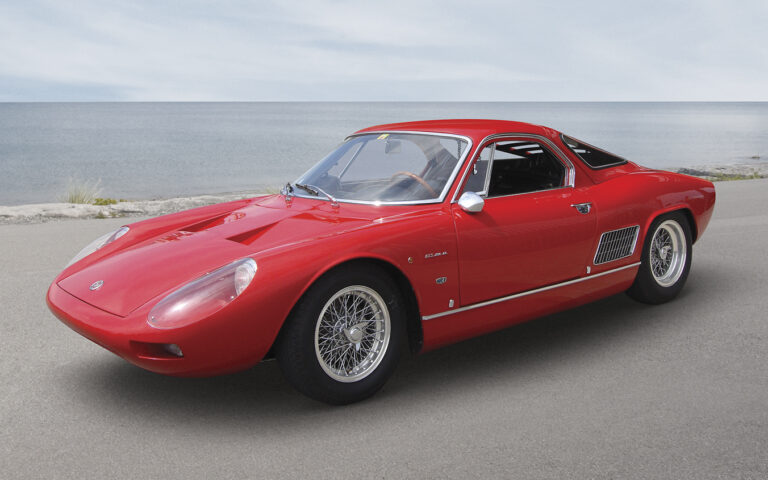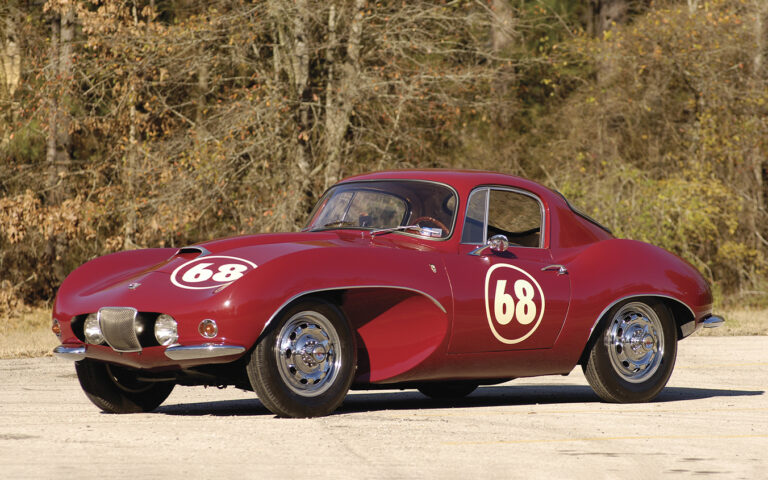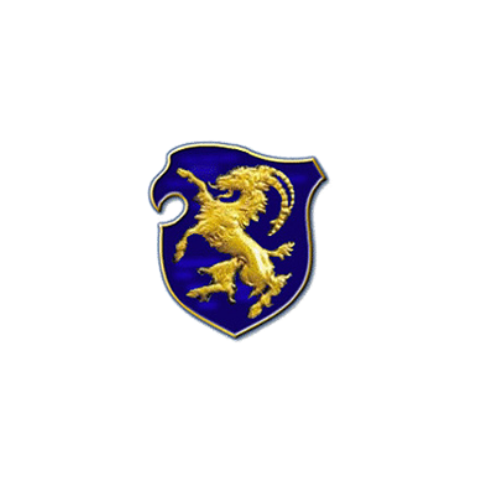Cisitalia. The Rarest Brands in the Top 100 Collections
10 March 2023 2 min read 7 images
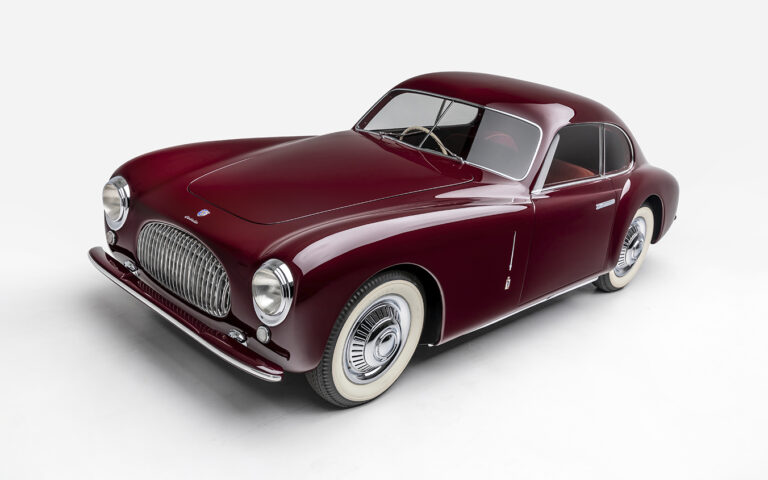
It's not widely known that Piero Dusio, a wealthy entrepreneur from Turin with a particular talent for driving, achieved two remarkable feats soon after the end of World War II. Driven solely by his prodigious ingenuity, he created the first-ever car to be displayed at the Museum of Modern Art (MoMA) in New York, and soon after convinced Ferry Porsche to design the most innovative Formula 1 car to date. How was all this possible? Thanks to the bold ambition of a man who longed to become a manufacturer. A dream that lasted just a few years and went by the name of Cisitalia.

Register to unlock this article
Signing up is free and gives you access to hundreds of articles and additional benefits. See what’s included in your free membership. See what's included in your free membership.
Already have an account? Log In
